The central emergency number 112 for police, fire brigade, ambulance or coastguard. This is an emergency-only number. Police information (non-emergency): 0900 8844

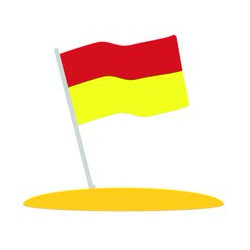
The area between these flags is a guarded bathing area. Lifeguards watch over these zones. Water sports are not allowed in these areas.
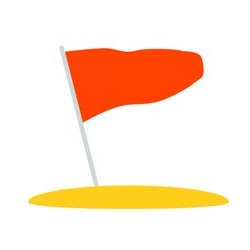
You are allowed to swim and bath, but the use of floatation devices (rubber dingy, airbeds and inflatable armbands) is not allowed, due to the risk of drifting away.
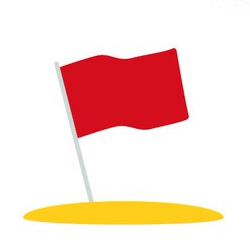
It is forbidden to swim or bath.
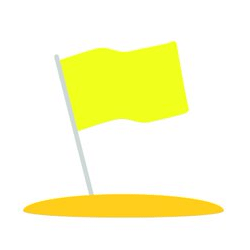
It is dangerous to swim or bath. This is mostly because of the weather conditions. Floatation devices are not allowed.
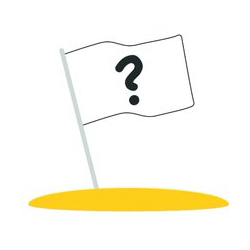
A lost child has been found.
